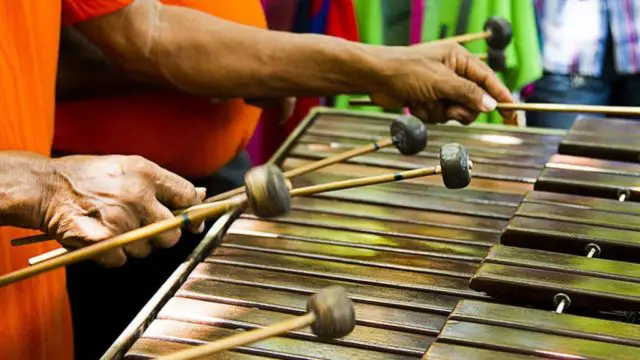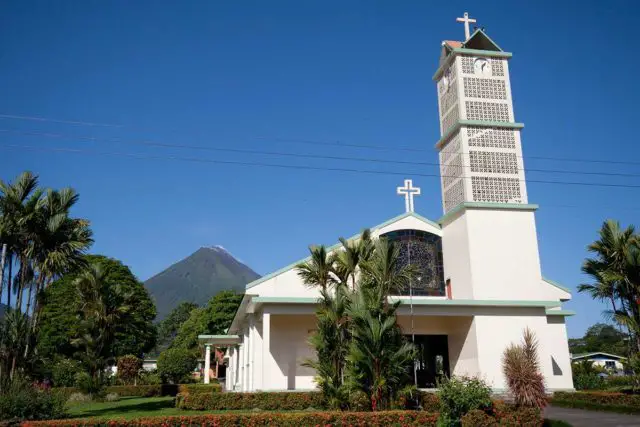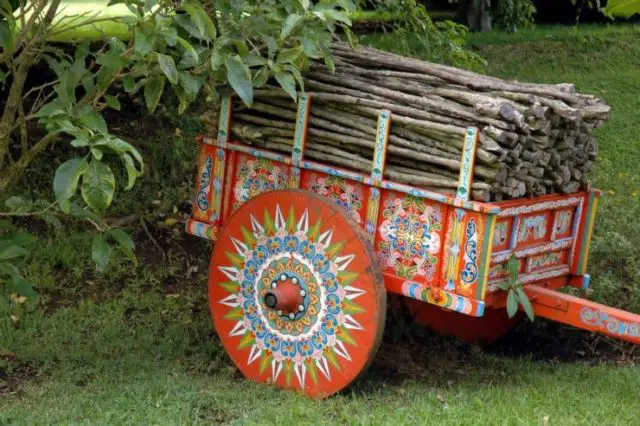
The Marimba: Costa Rica's National Instrument
(MENAFN- Costa Rica News) The marimba was declared a national instrument of Costa Rica , on September 3rd, 1996, during the government of José María Figueres Olsen, as a symbol of culture and tradition .
His declaration was made amidst the celebrations for the 172nd anniversary of the Annexation of the Nicoya Party and the start of the Cultural Week for the celebration of the Mayan New Year so that the Ministry of Culture of Costa Rica and the Mayan League of Guatemala organized a National Marimbas Festival that was held at the Melico Salazar Popular Theater.

Performing the marimba
In 2017, during the government of Luis Guillermo Solís Rivera, it was declared to be celebrated every November 30th as National Marimba Day.
Marimba is considered native to Africa, brought to America by black slaves during the conquest of America. However, similar instruments also existed among Central American aboriginals . This instrument arrived in the country from Guatemala and found its greatest roots in Guanacaste and the Central Valley.
The oldest record of a marimba in Costa Rica dates from 1785, in the inventory of the church of Orosí. There, it is mentioned as one of the instruments used in the choir.
Originally, it was a small instrument, without legs, with a bow of bejuco, that was tied from the frame that holds the pegbox, with sounding boxes of sweet pumpkin (jícaro de bejuco), under the keyboard and spider nest as a vibrator, adhered with beeswax.
The use of this musical instrument is associated with its characteristic use in national folklore, particularly in Guanacaste music. Many aspects of the culture and artistic activity of the country revolve around the music of the marimba, such as dances, retailers, bombs, etc. Its interpretation accompanies dances and folk, civic, religious, and popular parties.
The culture of Costa Rica is rich, recognizable and varied by having indigenous, European and Afro-Caribbean influences; This is a mestizo, multi-ethnic and multi-cultural country that manifests itself through gastronomy, folklore, music, and traditional dances, beliefs and superstitions, and popular language.
The Catholic religion
As a cultural legacy of Spain , it has an emphasis on family and church, thus influencing the nation's lifestyle, reflected in colorful festivals in honor of the patron saint of each place.

La Fortuna de San Carlos Cathedral
The official language is Spanish, as it is stipulated. However, there are other dialects such as the maleku, bribri, and bocotá. There is also the English language, spoken by many American and Canadian expatriates and bilingual locals.
Costa Rica celebrates life, both human and Nature in general, has multiple innovative sustainability initiatives that protect its rainforests, its misty forests and its great biodiversity. It is a unique place to enjoy 'Pure Life' , a phrase that locals use for everything, a greeting, to thank or even to express that they like something very much.
In a land of lush natural landscapes, Costa Rica has 3 major influences for the preparation of its dishes: aboriginal culture, Spanish culture, and African culture. Also, Costa Rica has a thriving arts scene. It is not surprising that Costa Ricans are known for loving different representations of art.
This small country located between the Caribbean and the Pacific popular sport is soccer and the national team meetings are events mostly followed by Costa Ricans.

Oxcart with a traditional painted cartwheel
San José is the capital and is also known for its fresh seafood, along with fresh fruits, bananas, and coffee. Also, it is the most important cultural center of Costa Rica, which has a growing network of theaters and museums. In short, it is a modern city with bustling trade and abundant energetic expressions of art and architecture.
The difference in cultures, coexistence, and ways of life reflects that Costa Rica lives a very diverse mixture of culture, which makes it a very attractive country. For this, and many other things, come to visit Costa Rica.
From its origins to the contemporary globalized world, Costa Rica's cultural features have been marked by its isthmic character as a bridge between 2 large continental masses of great biological, economic and geopolitical power, generating a meeting point or a passing line of everything type of currents and influences, which have their manifestations in the cultural heritage of the country.
However, the Central American isthmus, in general, and Costa Rica, in particular, have very old local development areas, independent of the role of passive receiver that the term cultural bridge can invoke. Throughout history, Costa Rica has experienced milestones that have guided its cultural features.


Legal Disclaimer:
MENAFN provides the
information “as is” without warranty of any kind. We do not accept
any responsibility or liability for the accuracy, content, images,
videos, licenses, completeness, legality, or reliability of the information
contained in this article. If you have any complaints or copyright
issues related to this article, kindly contact the provider above.

















Comments
No comment